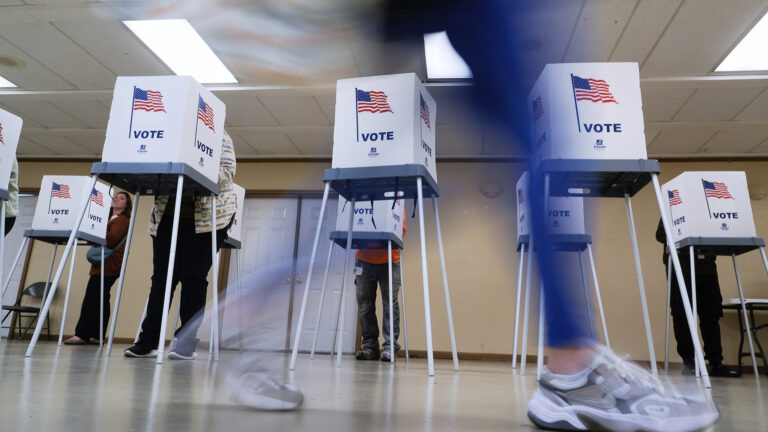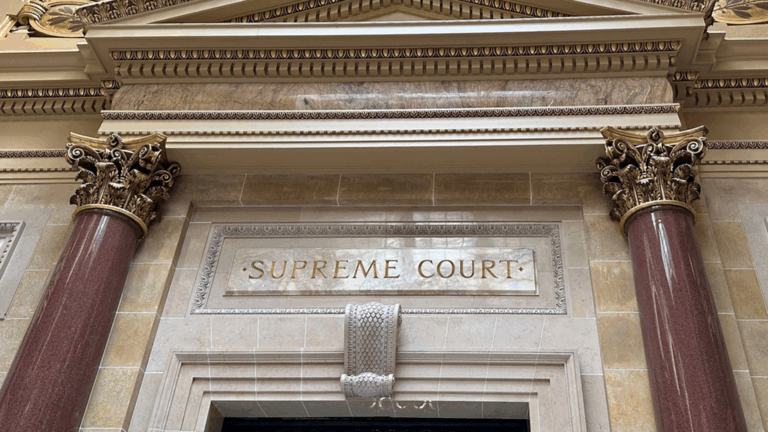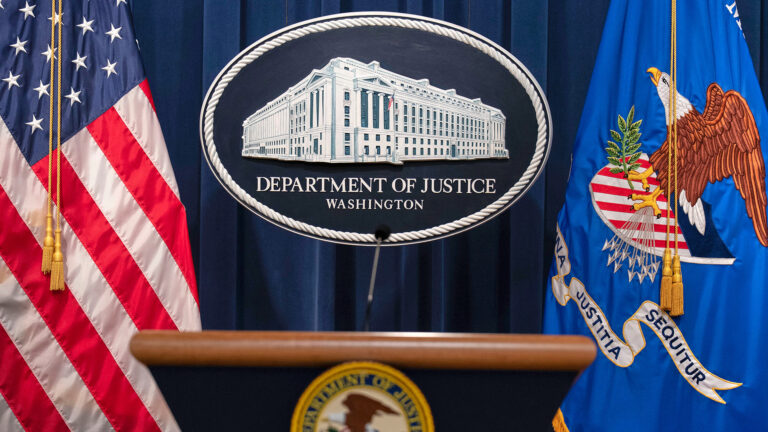Janet Protasiewicz, Daniel Kelly on Wisconsin redistricting
The politics of gerrymandering election maps and its effects on the balance of power in the state Legislature is a high-profile issue in the 2023 race for an open seat on the Wisconsin Supreme Court.
By Zac Schultz | Here & Now
March 9, 2023
On April 4, voters will choose between Janet Protasiewicz and Daniel Kelly and determine the future ideological balance of the Wisconsin Supreme Court. But that same election will determine whether the court will look backwards as well.
“So that’s when I say, yes, those maps are rigged,” said Protasiewicz, who has made clear she believes Wisconsin’s legislative maps are gerrymandered in favor of Republicans.
Protasiewicz said the state Supreme Court erred twice on its path to approving those maps.
The first error came in 2021 when the court’s conservative majority announced they would not draw new legislative boundaries, but would instead choose from maps submitted by Gov. Tony Evers and the Republican-controlled Legislature.
The best map, according to the court, was one that kept the new boundaries as close to the existing boundaries as possible, so as to have the fewest number of voters switch legislative districts.
It was called the “least change” methodology — a new precedent, invented by the court.
“There’s no legal precedent. There’s nothing in the Constitution. There’s nothing in case law,” Protasiewicz said. “So you get this ‘least change’ rule that, quite frankly, if you talk to an uneducated voter about it, they might say, ‘you know, it sounds like it kind of makes sense — right? — kind of on its face makes sense, kind of, keeping the districts together.'”
However, ‘least change’ only cemented in the advantage Republicans drew for themselves 10 years earlier.
Even the “least change” map submitted by Evers still created districts that ensured a Republican majority in the Legislature.
“This is where I say democracy’s on the line. You look at what’s happening in our state. You look at what the Republicans did with the redistricting. You look at the fact that the maps were — 10 years ago — a problem,” said Protasiewicz. “I would say that the maps are a bigger problem. You’ll hear people argue that the Republicans used very, very sophisticated computer technology to draw those maps and to draw those maps in a way that are absolutely the most favorable to them. So that’s when I say, yes, those maps are rigged.”
Daniel Kelly served on the court from 2016 until he lost re-election in 2020, and was not on the bench when the court decided the redistricting case.
However, he said the decision makes sense.
“The phrase ‘least change’ is meant to encompass the idea that we take the maps as they’re written, and then we look for the legal errors, and we fix the legal errors and we leave everything else the same,” said Kelly.
Past redistricting cases were decided in federal court, but Republicans wanted this case before the Wisconsin Supreme Court.
Kelly said the idea of fairness in the maps is a political question, something the court must avoid.
“The members of this court have not been entrusted with making political decisions, only legal decisions. And so their job is just to address those legal imperfections in that map,” he said. “When they’re done addressing those, it is to step aside and then wait for the people of Wisconsin to work on their Legislature and their governor to get to a map that is politically acceptable to the state.
In the spring of 2022, using the ‘least change’ criteria, Justice Brian Hagedorn joined the three liberals on the court to choose Evers’ legislative maps, which created an additional African-American majority Assembly seat in the Milwaukee area, something they argued was required under the Voting Rights Act.
Republicans appealed to the United States Supreme Court, which struck down the maps, saying there wasn’t enough evidence to support invoking the Voting Rights Act.
Hagedorn then joined the conservatives in picking the Republican-drawn maps, which Protasiewicz said was the court’s second major error and something she expects the court to revisit if she wins.
One of the things that was in the dissent from the Wisconsin Supreme Court regarding the redistricting case — especially after it came back from the U.S. Supreme Court — was that they felt that the court could hold a trial to actually determine whether it was warranted to add an additional district under the Voting Rights Act in Milwaukee or not. Is that an issue she would expect to come back before the court, given that the dissent almost envisioned it?
“I would think so,” said Protasiewicz. “I would think so.”
 Passport
Passport











Follow Us